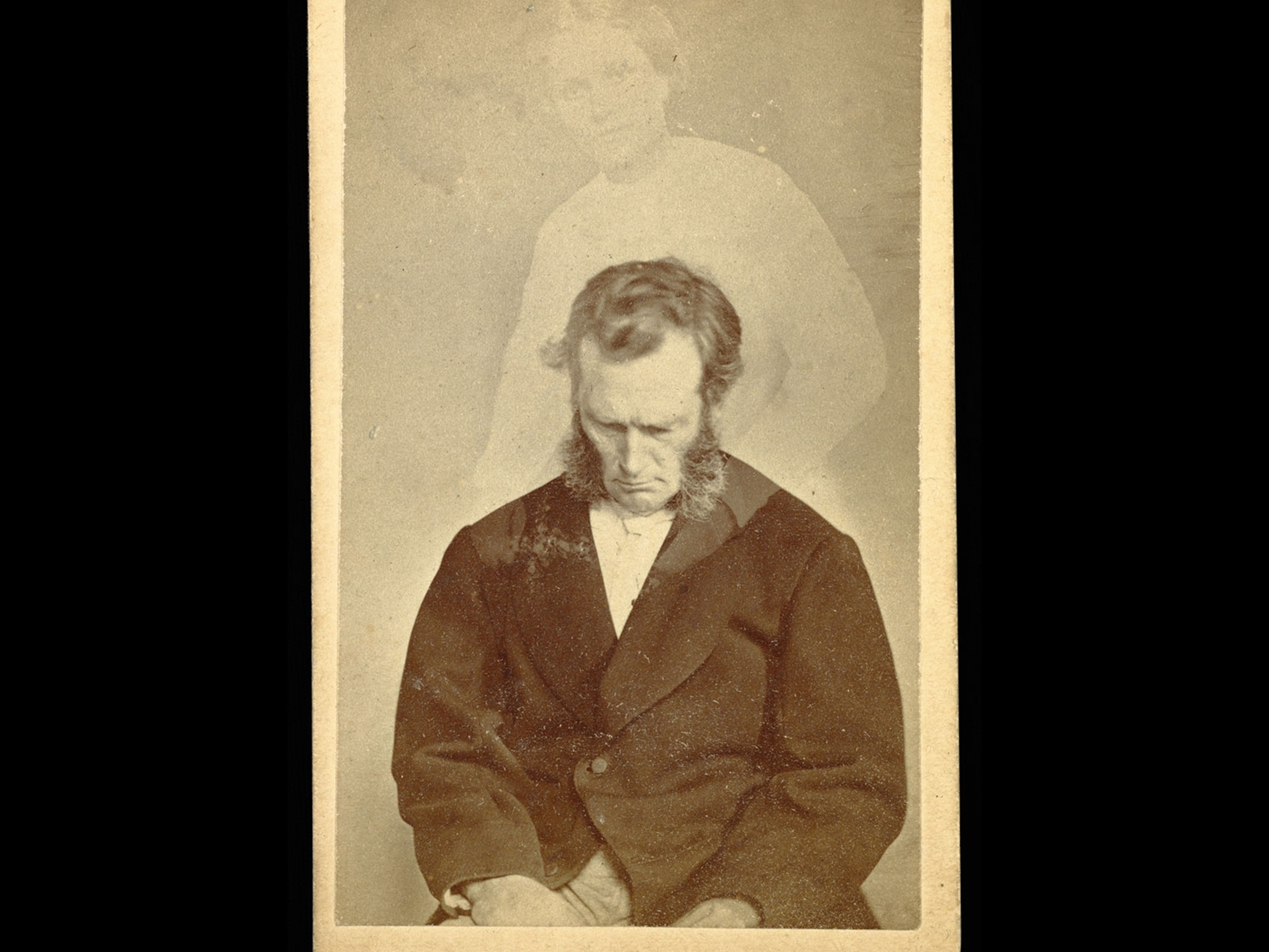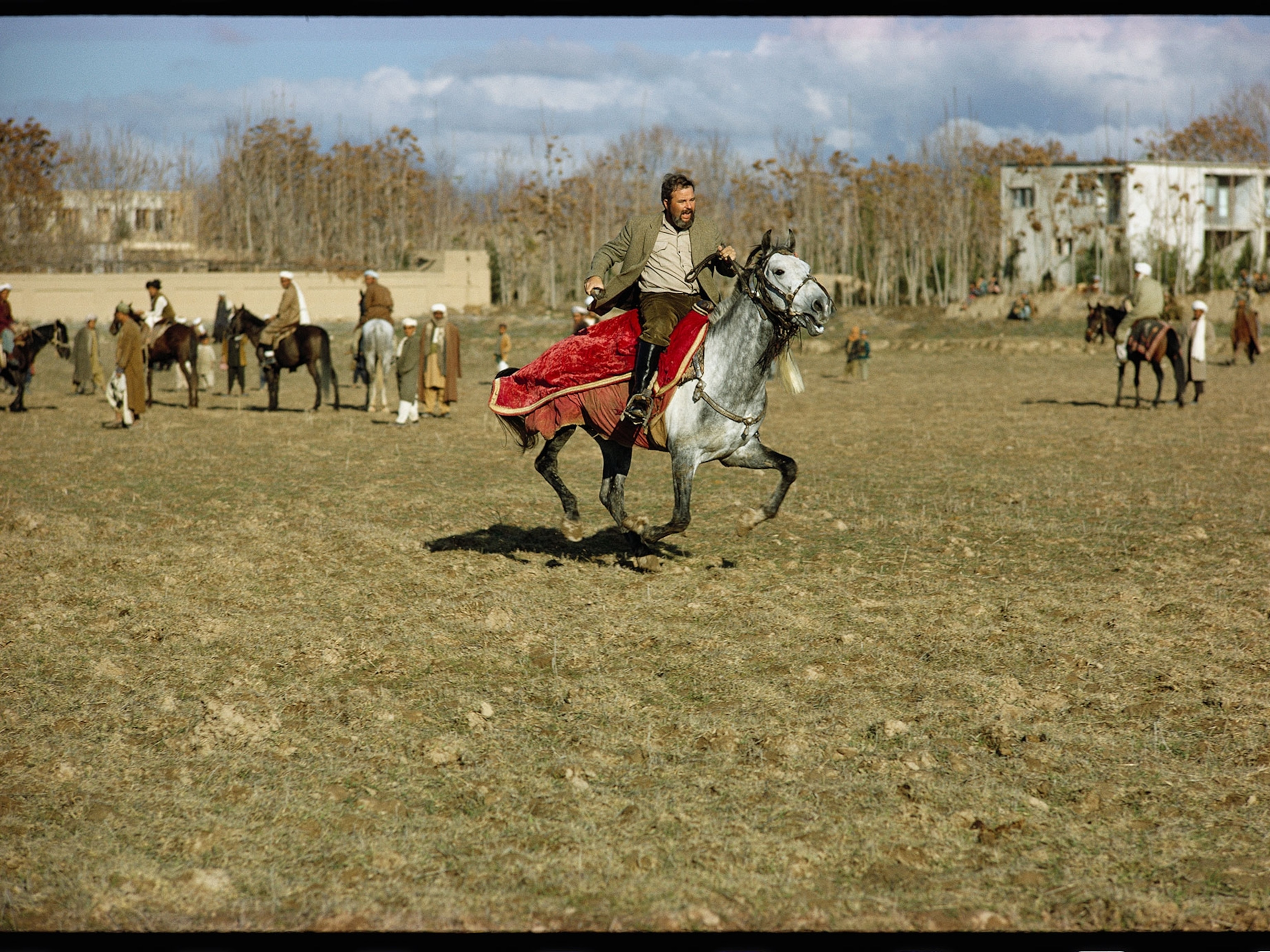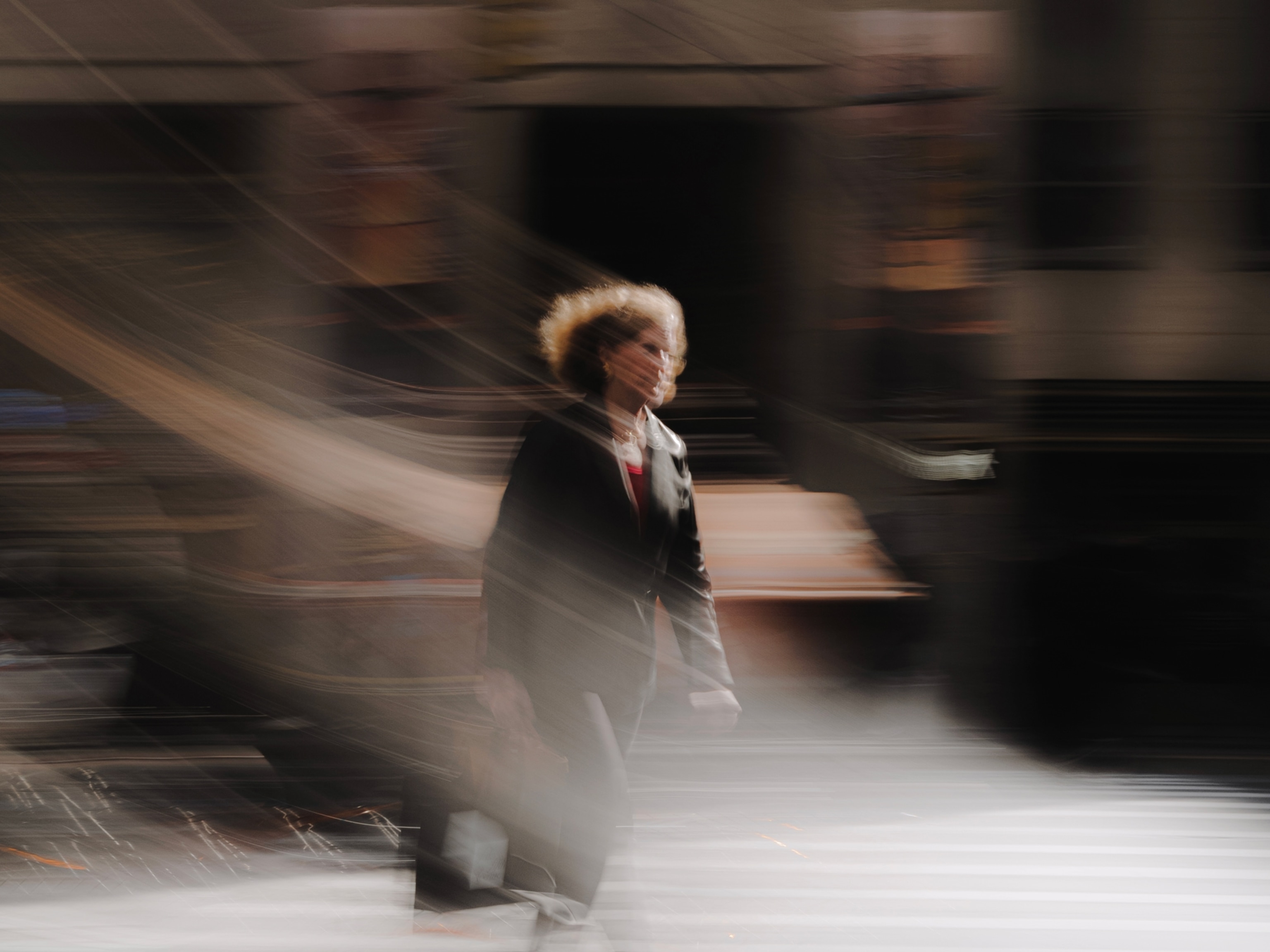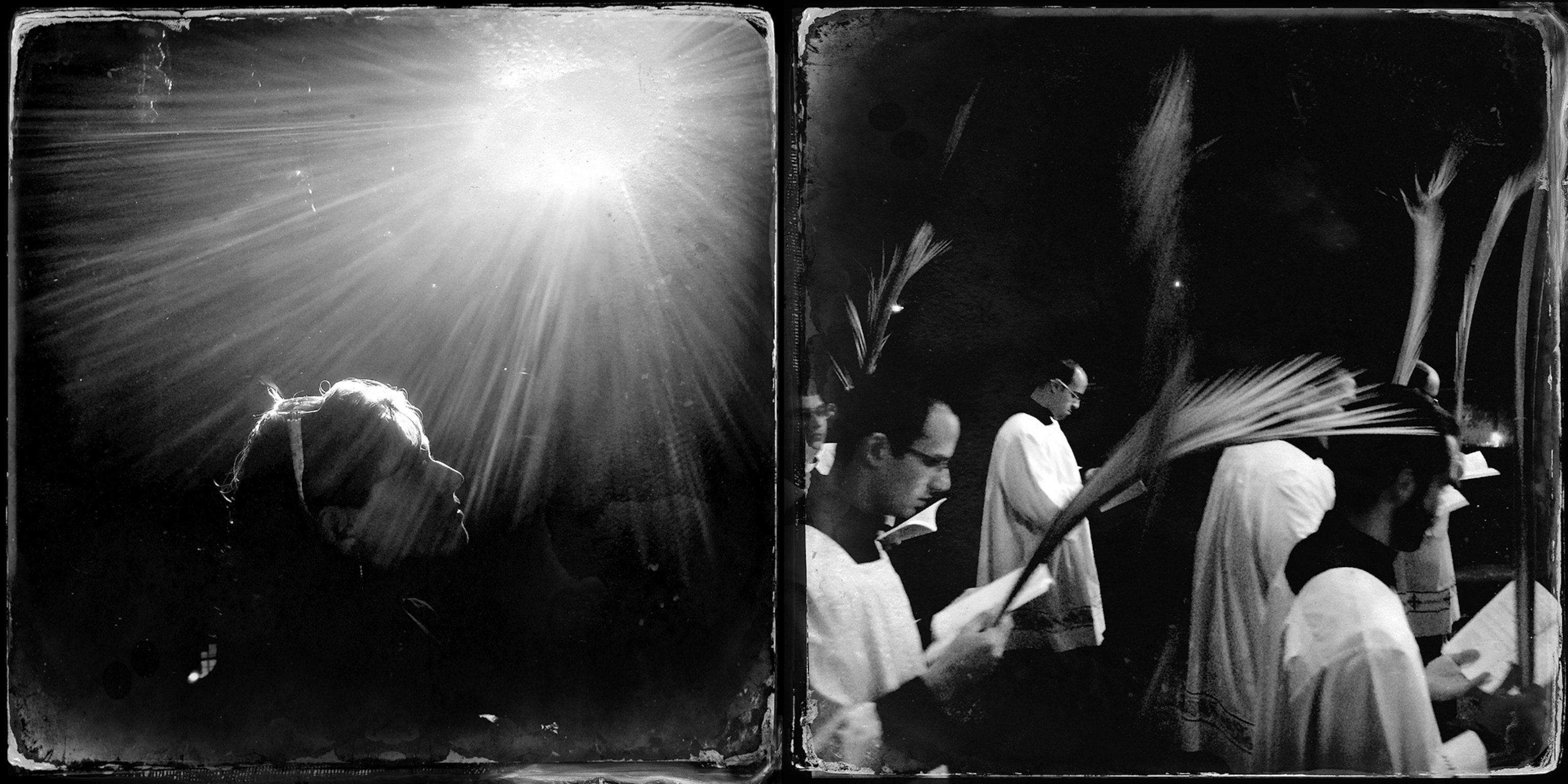
Timeless Photos of Holy Week in the Old City of Jerusalem
Photographer John Stanmeyer shares his experience on what it was like to be in the midst of Holy Week.
Photography possesses intervals, moments of timelessness, where the benevolence of the world around us offers fleeting touches of visual poetry upon the commonplace. Yet for unruly reasons, we can become too blind to see or feel their significance.
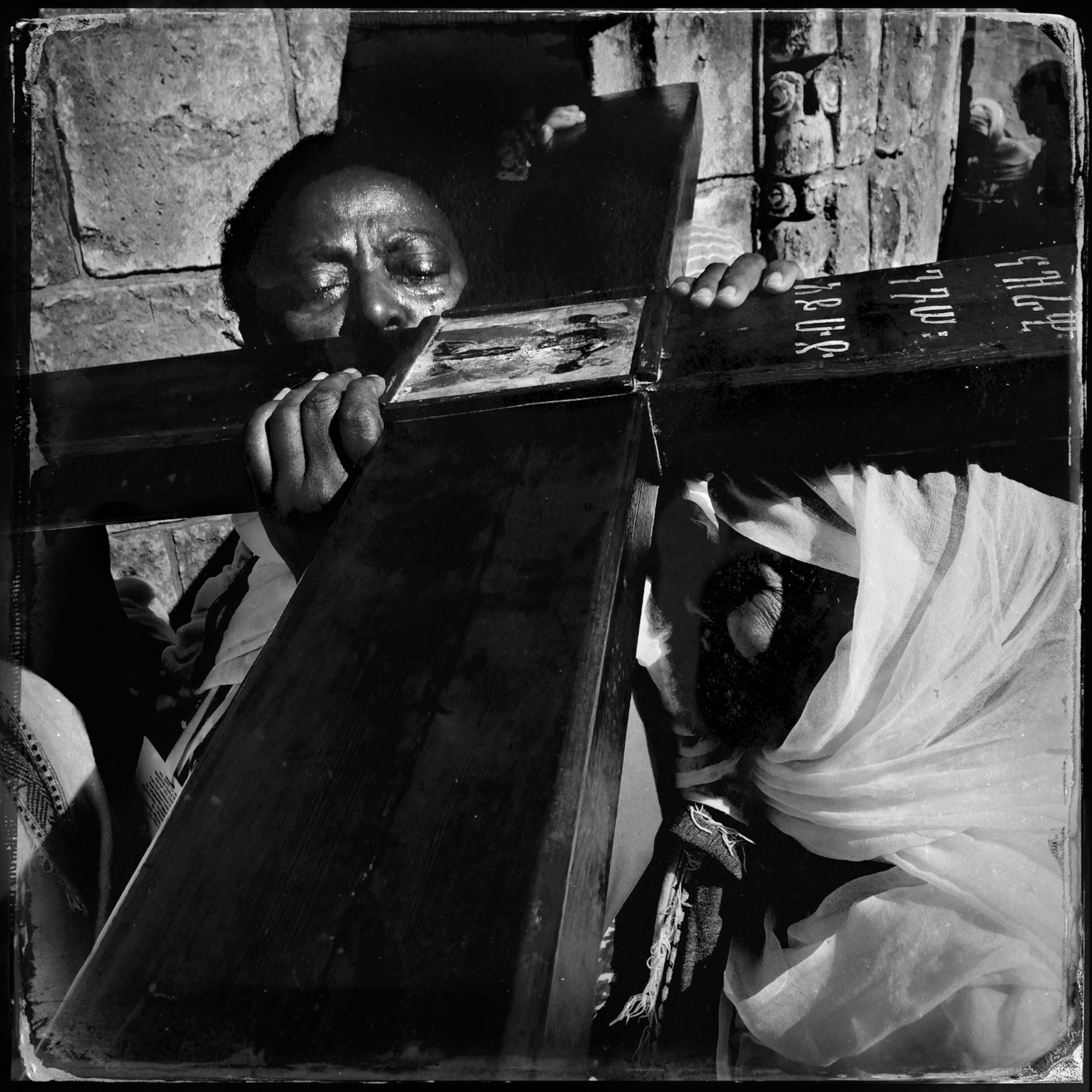
It is not unusual that I hit such a wall, mostly caused by an internal dialogue that can protrude louder than inner silence, masking the splendor that stands before us all.
This wonderment of occurrences before us are those fleeting moments when time no longer exists, where the natural orchestra resonates and it is indeed when time stands still. For that is what a photograph does.
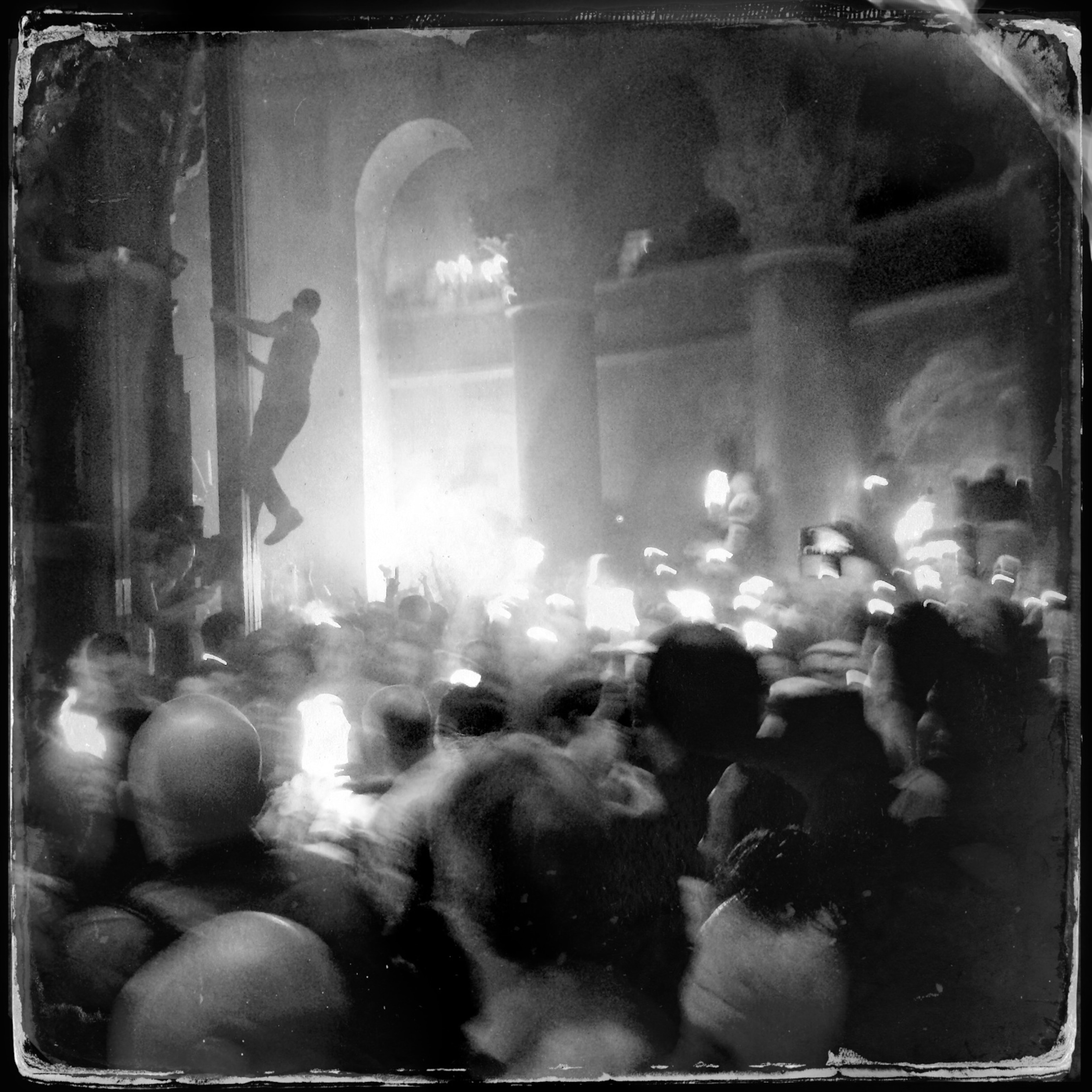
And it is in the act of getting lost—both physically and mentally—which most often diminishes these blind spots, presenting the natural brilliance as a moment of time, rendering the art and breadth of historical importance.
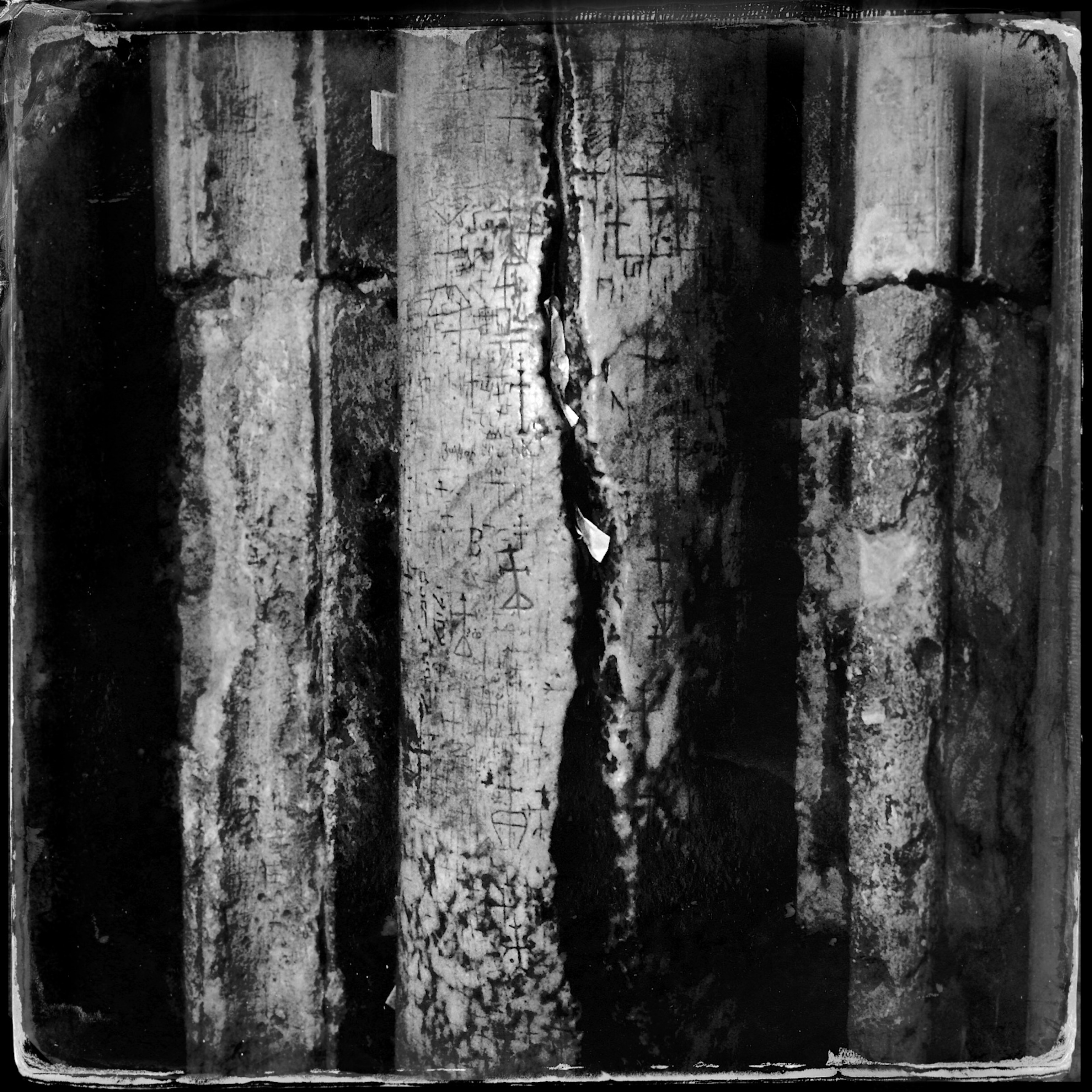
This sense of timelessness reminds me of our often misconstrued sense of time. In the book, A Geography Of Time: The Temporal Misadventures of a Social Psychologist, author Robert Levine writes how time is embraced differently across our world, often more emblematic of the natural flow we were designed, or have evolved, to function within. The moment—the decision to do something, the act of occurrence or the natural flow of life—happens not upon clock time but what Levine calls “event time”. Things happen when they happen.
It is the same in photography.
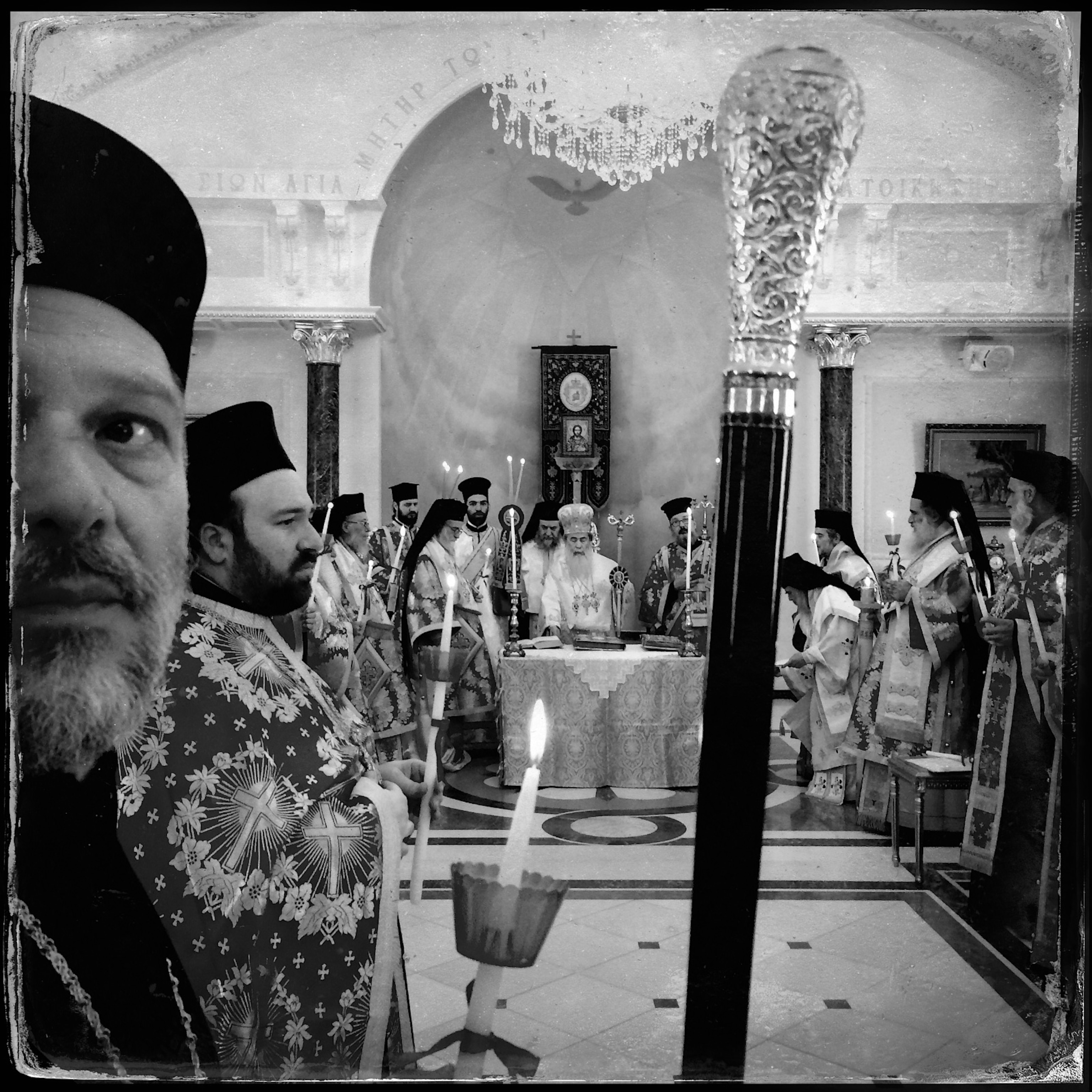
While on assignment for National Geographic in the Old City of Jerusalem during Holy Week, numerous happenings did indeed take place on clock time, yet when it came to creating the images, which expressed the tome of this story, they happened on event time.
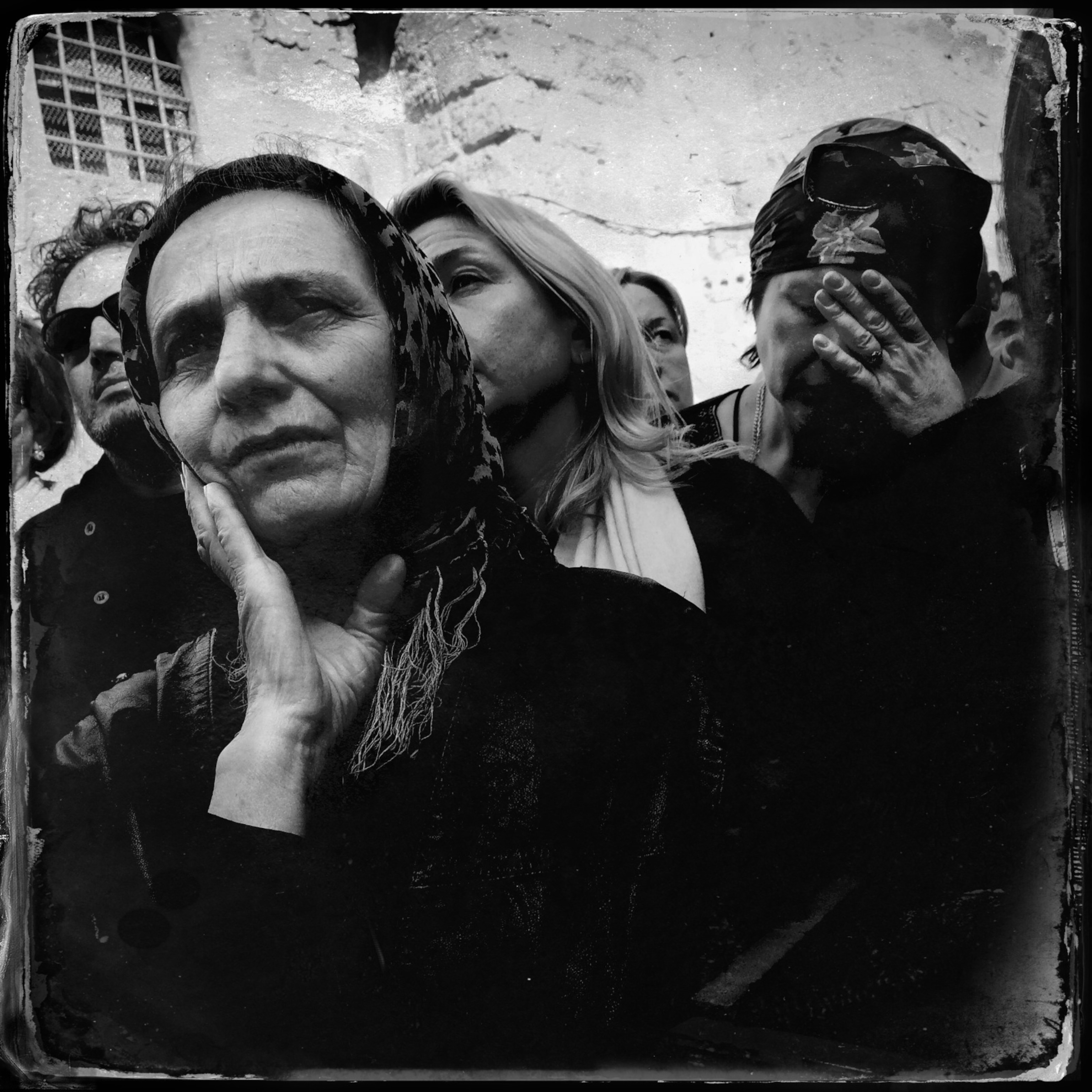
The notion of time and timelessness began to wonderfully confound me recently. While traveling through Saudi Arabia late last year for part II of the National Geographic story, “Out of Eden Walk” (appearing in the July 2014 issue), the sense of faded memory and forgotten places presented images that were both of the current era and of bygone moments.
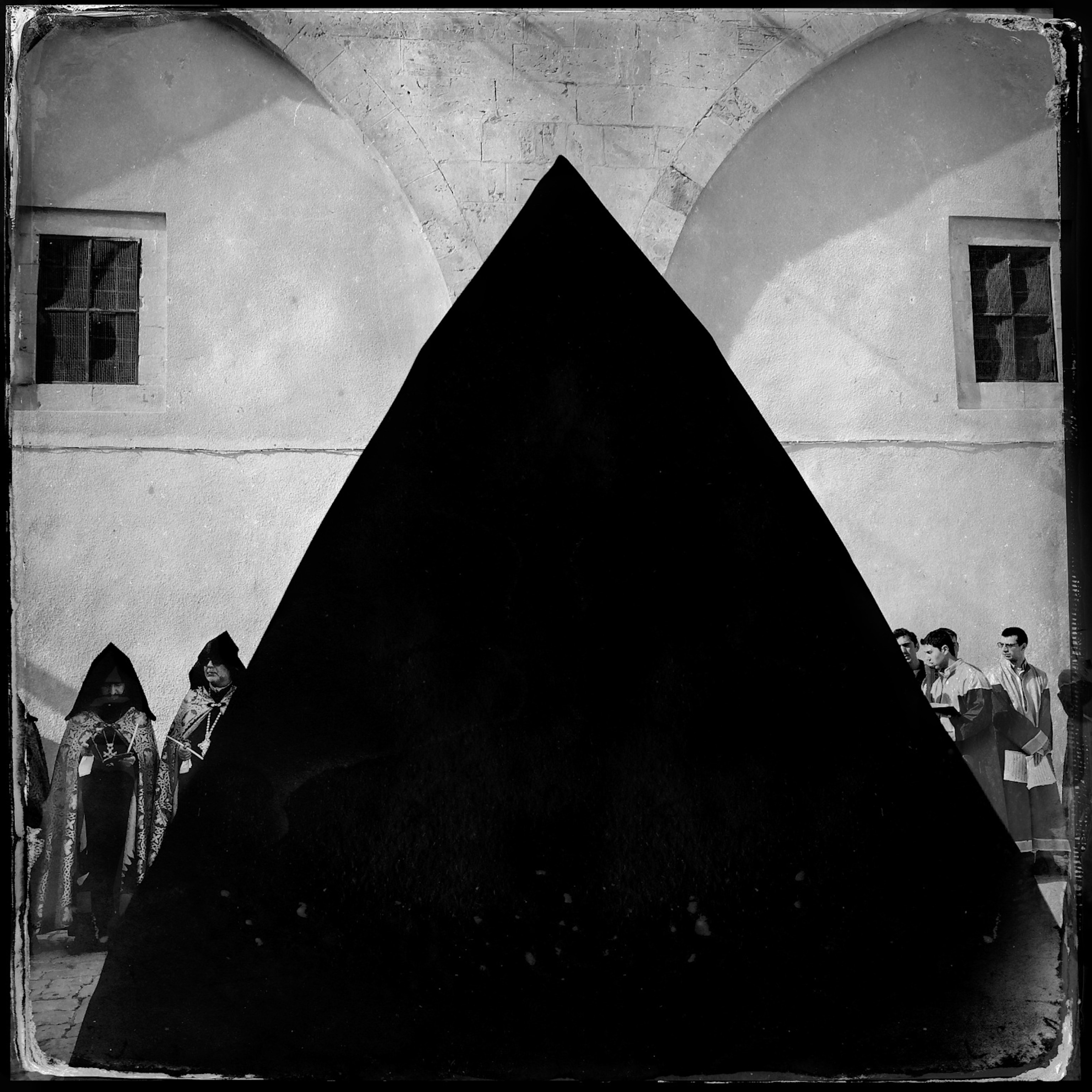
What I have been photographing this past week has magnificently repeated itself within these ancient alleyways, cathedrals, walls and cracks in the Old City of Jerusalem for the last nearly 2,000 years. Yes, this story I’m visually telling (part III of the “Out of Eden Walk” project) is being photographed in color, but for the sense of timelessness, I often reached into my shirt pocket for the camera that ironically has a phone in it, allowing the conscious decision for how I’m witnessing this period of time, where the past is the present.
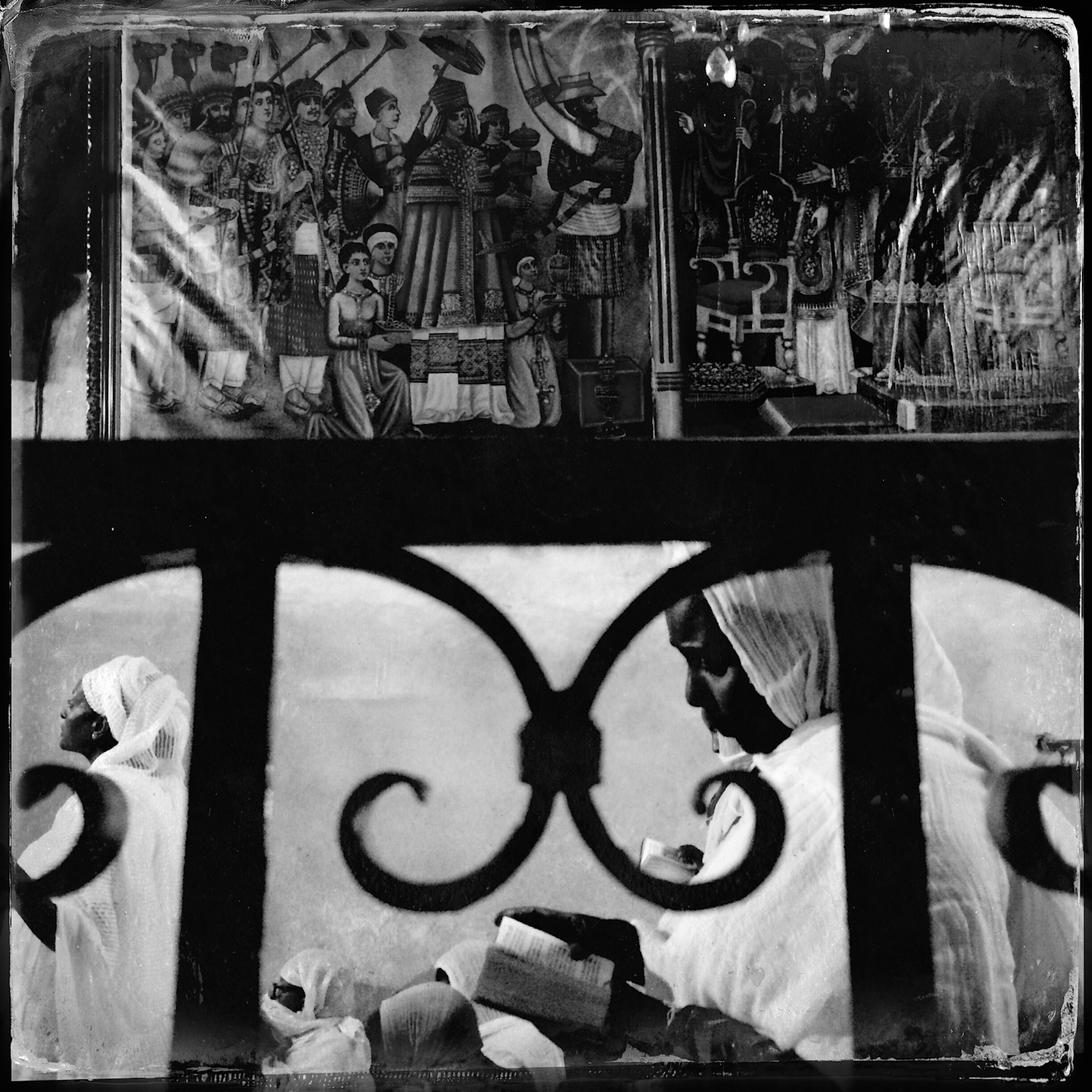
Using my iPhone 5s and the Hipstamatic camera app, I chose the Watts Lens and D-Type Plate film combination which renders B&W glass plate-like prints, allowing for almost no sense of time other than a period that spans the era of photography. This allowed for the ageless and enduring pertinence of Easter to present its sacred and spiritual brilliance that knows little sense of time other than its historical importance which falls upon various Sundays throughout different calendar systems (this year, however, all Christian churches, Western and Eastern Orthodox, celebrated Easter Week during the same period).
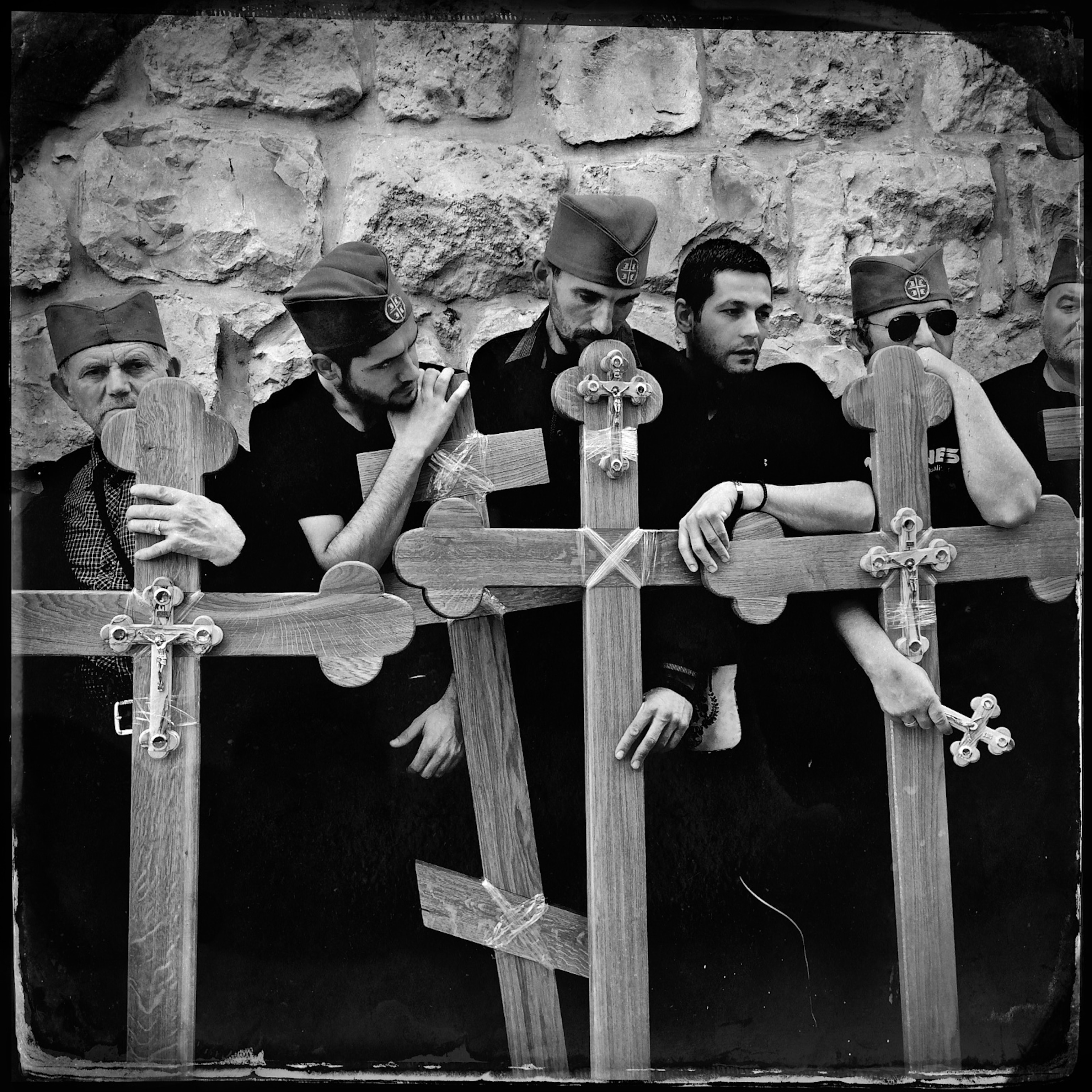
In the act of getting lost, I often find myself. Here in the Old City, I found timelessness, both internally and externally, where the sense of present becomes our collective time within this event we call life.
Stanmeyer’s photographs of Part I of the walk were featured in the December 2013 issue. Part II will be appearing in July 2014. To see more of Stanmeyer’s work, visit his blog and follow him on Instagram.

